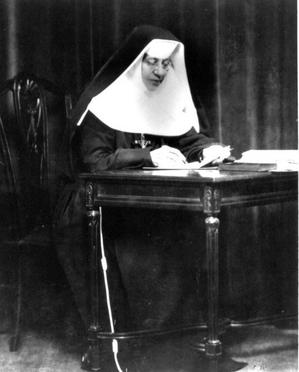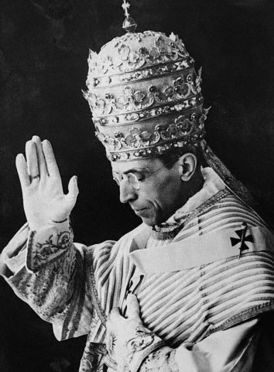 The outline of Katharine Drexel’s life is:
The outline of Katharine Drexel’s life is:
Born in Philadelphia, PA on Nov. 26, 1858
First sister to profess vows as a Sister of the Blessed Sacrament on Feb. 12, 1891
Died on March 3, 1955
Beatified on Nov. 20, 1988
Canonized on Oct. 1, 2000
With the Church we pray,
Ever-loving God, You called Saint Katharine Drexel to teach the message of the Gospel and to bring the life of the Eucharist to the African American and Native American peoples. By her prayers and example, enable us to work for justice among the poor and the oppressed, and keep us undivided in love in the eucharistic community of Your Church.
Saint Katharine’s connection to Maryhelp – Belmont Abbey is that she used a portion of her personal wealth to help build a number of churches, including the abbey church, for the first abbot of Maryhelp, Abbot-bishop Leo Haid. She also visited the abbey. So, we can say that a saint walked on this soil! A sign in the Abbey Basilica narthex commemorates this fact. May Saint Katharine continue to intercede for us and help us to know the Lord.






